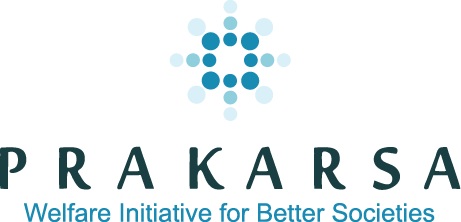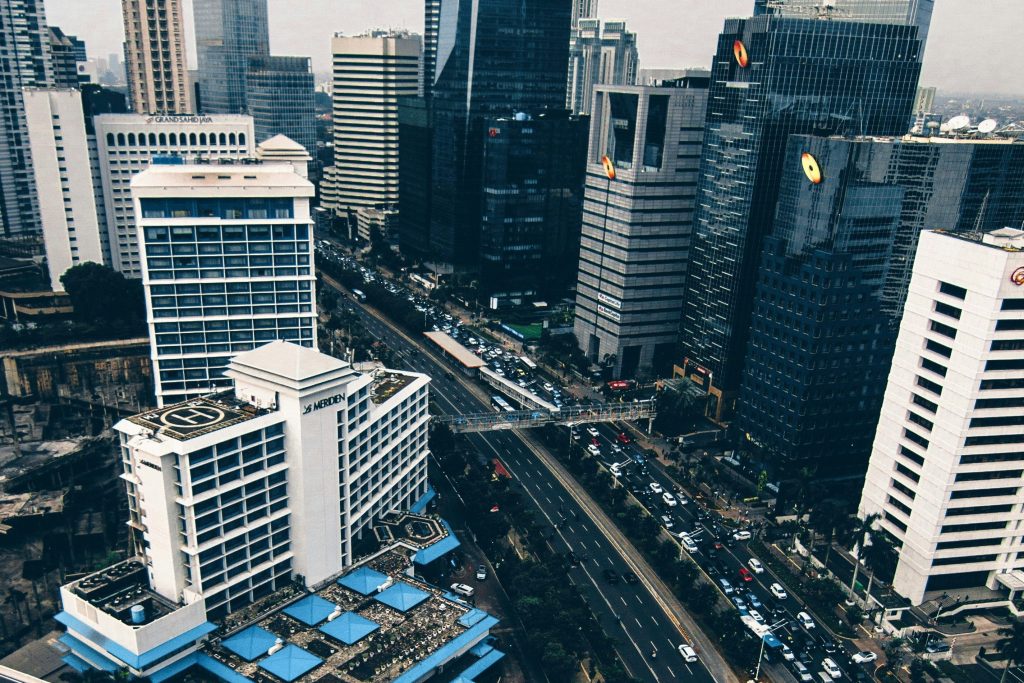Setyo Budiantoro*)
Thanos has concerns like the Development Goals Sustainable development goals / SDGs, the earth's resources will not adequately meet the needs of all humans. However, the way out to overcome is very different. Thanos took a shortcut. In Infinity War, he destroyed some humans. The SDGs are otherwise more optimistic. Through global transformation carried out together, human life can be sustainable.
Indeed, Thanos's concern is that the carrying capacity of the earth is indeed limited. From the calculation of 65 world scientists, the majority think that the earth's carrying capacity is only able to meet the needs of at most 8 billion people. The number of people is now 7 billion. The population of 8 billion lives in an inch, around 2022.
When the SDGs era ends in 2030, the world will be inhabited by nearly 9 billion people. By 2050 the population of the earth is close to 10 billion and 2100 is close to 12 billion. The bad news is the projection of the intermediate scenario. If using a high scenario, in 2100 the earth is projected to be inhabited by more than 16 billion people.
Don't imagine that in the year 2100 is a very long period of time. Some babies born today with a life span of more than 80 years, will experience that period. A time is dark and gloomy if we do nothing in the present. Big and troubling questions continue to haunt. If the carrying capacity of the earth is exceeded, how do humans fulfill essential needs such as clean air, water, food and energy? Will homo homini lupus (human being a wolf for other humans) become real, then there is infinity war over scarce resource crumbs?
Climate change disaster
The bad news isn't over yet. The short report entitled “Global Warming of 1.5o C” which was recently issued by the UN Climate Council makes people shudder. Global warming exceeding 1,5 degrees Celsius will occur in 2040 if the behavior of carbon dioxide emission pollution is still as it is now. Global emissions must be reduced by 45 percent compared to 2010 emission levels to prevent this. Otherwise, it is too late and disaster occurs.
A break of 1,5 degrees celsius looks small, but the impact is tremendous. If the temperature increases by 2 degrees Celsius, 99 percent of coral reefs will be lost and fish stocks will decrease significantly, drought will become epidemic, crop failures will become more frequent, food prices will soar and clean water will become scarce. Arctic icebergs will melt, sea levels will rise and submerge small island nations, especially in the Pacific.
Poverty, hunger, and displacement are certain to soar high. Without significant action, we have little chance of avoiding the untold damage from climate change. It's like fiction, but real. India has experienced such horrors, intense heat waves have caused 2.500 deaths in 2015. The incident is expected to repeat itself again if climate change occurs as feared, it could be worse.
Sustainable economy
It is very coincidental, on the same day as the publication of the UN Climate Council report, it was also announced that the 2018 Nobel Economics winners were William Nordhaus and Paul Romer. The Royal Swedish Academy of Sciences said the two economists had contributed greatly to answering the most fundamental and pressing questions facing humanity today. The question is, what about limited resources but human welfare can grow sustainably?
Romer shows how the accumulation of knowledge, technology and innovation will fuel and spur sustainable growth. This is in contrast to growth driven by physical capital accumulation, in the end it will depreciate. The market or business sector is usually reluctant to allocate research and development budgets because they are expensive, therefore government incentive policies are needed.
Nordhaus is an economist who has come out of the shell of conventional economics. He is very worried that the use of fossil fuels will trigger climate change. Having struggled with the issue since the 1970s, Nordhaus was the first economist to develop a global model of the quantitative relationship between the economy and climate. Based on the projection, if economic activity is still running business as usual, emission pollution is certain to increase global warming. As a result, natural disasters are certain to occur and development will not be sustainable.
According to Nordhaus, disincentives for emission polluters must be implemented. He proposed a global carbon tax to address the risks of climate change. He then designed three carbon tax scenarios, looking for optimization points considering that the global economy is still running and at the same time ensuring the sustainability of future generations.
SDGs Opportunities
In Chinese expressions, in addition to containing the "danger" component, the word "crisis" also contains the meaning of "opportunity". And that statement is true in facing the threat of the current global crisis. The SDGs are a global transformation agreement that will be carried out by all countries and stakeholders, so that the earth is sustainable. That is, how human needs can be met without compromising future generations.
This major global transformation, according to Paul Polman, is the greatest economic opportunity of our lives. It is calculated, at least 12 trillion US dollars of business opportunities will emerge to implement the SDGs. Around 80 million jobs will be created only in the SDGs sector related to food and opportunities, especially in Asia.
In the context of Indonesia, to implement the SDGs related to tackling climate change, Bappenas has made a low-carbon development plan design which is the basis for the technocracy of the 2020-2024 National Mid-Term Development Plan. This development direction also opens up business opportunities for the energy and raw material efficiency sectors, circular economy value chains, renewable energy, waste management, forest governance, low emission livestock, food waste management, green finance, green building, sustainable agriculture, urban farming, electric vehicles, and others.
Emissions polluters certainly need to get disincentives because their externalities threaten the lives of all of us, as Nordhaus said. On the other hand, new directions of development also need to provide incentives for the development of knowledge, technology and innovation to reduce emissions, energy efficiency, waste management, renewable energy, environmentally friendly products, and others. This is a challenge as well as an opportunity for universities, scientists, experts, industry and innovators. Referring to Romer, in the end this will be the mainstay for sustainable growth into the future.
Another thing that is also very important is the change in people's behavior. Indonesia is a waste of food waste and at the same time the second largest contributor of plastic waste in the world. Of the 10 most polluted rivers in the world, Indonesia ranks second, namely the Citarum River. Jakarta is also estimated to be the fastest city in the world to be submerged due to excessive use of groundwater. This shows that innovative transformation of education and knowledge needs to be done to change behavior (sustainable behavior) while at the same time providing solutions, in addition to the need for incentives and disincentives.
It is clear that changes must be made by all parties, not only institutionally (government and non-government) but also individuals (tragedy of the common). And this is the first time in history that our present and future lives are so dependent on each other. The question is simple, are we going to be part of the solution or part of the problem. If we are part of the solution, we are actually the avengers even without energy superpowers, the saviors of the earth and the future of humanity in silence.
__________
*) Setyo Budiantoro Association Senior Researcher Prakarsa and Supervisory Commissioner of the Independent Budget Commission (KAI)
Articles Published in Kompas Daily, 16 October 2018



